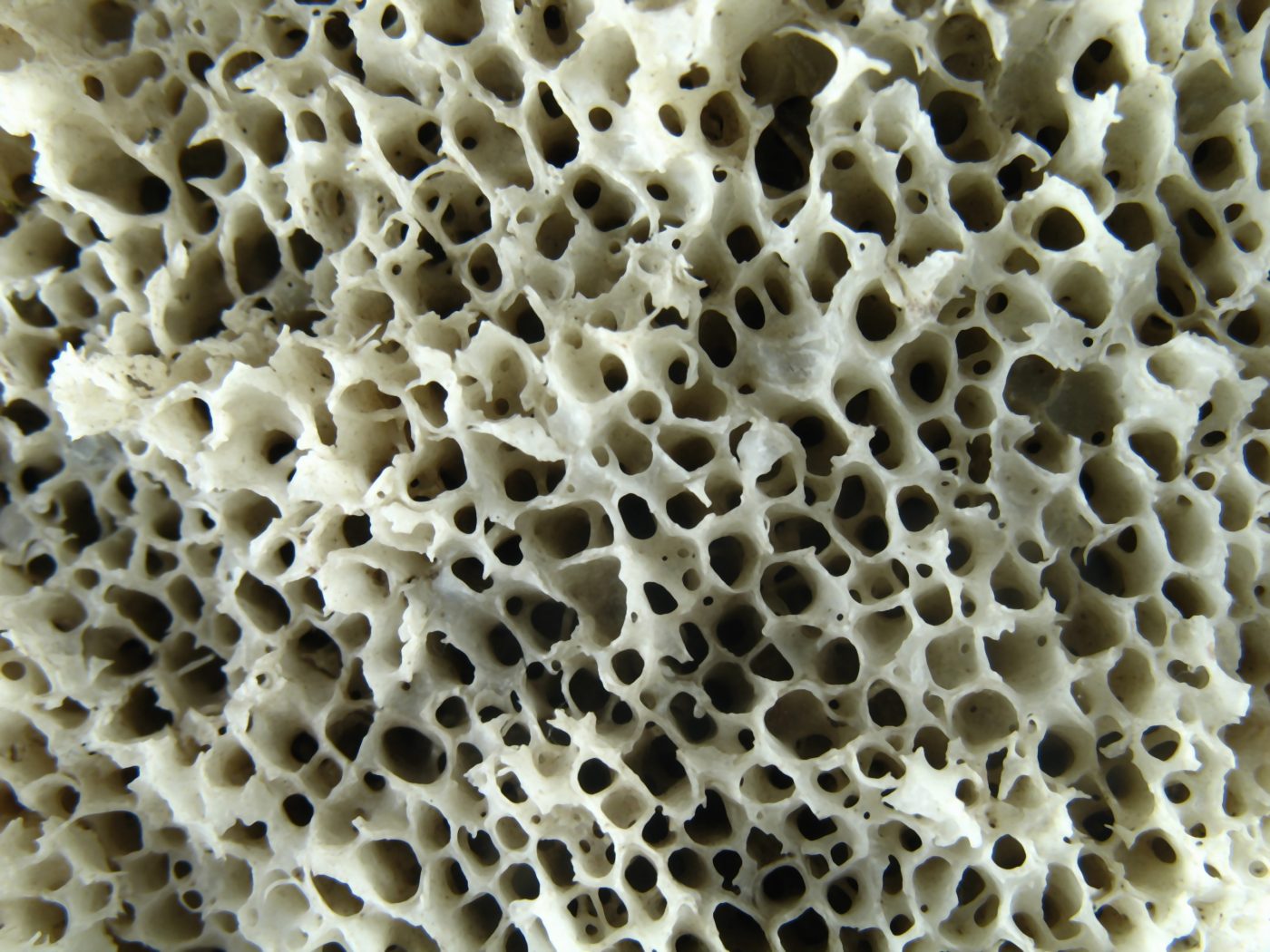Bisphosphonate Treatment in Duchenne Muscular Dystrophy Leads to Decrease in Bone Turnover in Pediatric Patients

The effects of glucocorticoid therapy and bisphosphonate treatment on tissue structure and bone matrix mineralization of nine boys with Duchenne Muscular Dystrophy (DMD) was recently highlighted in a research paper entitled “Histomorphometry and Bone Matrix Mineralization Before and After Bisphosphonate Treatment in Boys with Duchenne Muscular Dystrophy: A Paired Trans-Iliac Biopsy Study,” published in the Journal of Bone and Mineral Research.
Duchenne muscular dystrophy (DMD), one of the nine types of muscular dystrophy, is a chromosome X-linked genetic disorder where a mutation leads to the absence of the cytoskeletal protein dystrophin, resulting in progressive muscle weakness and cardiac dysfunction, namely dilated cardiomyopathy, the leading cause of death in DMD patients. Current treatment involves therapy with glucocorticoids, which can lead to serious side effects including decrease of bone mass and a consequent higher risk of fracture. More recently, bisphosphonate (BP) treatment has found some degree of success in the treatment of DMD, with some studies revealing stabilization of bone mineral density and back pain reduction.
Researchers investigated the effect of intra-venous (i.v.) BP therapy in glucocorticoid-treated DMD patients’ bone mineralization density distribution (BMDD), histomorphometric (bone tissue structure), and mineralization parameters. Transiliac biopsies were studied in 9 boys with DMD for their bone structure, turnover and mineralization pattern before and after i.v. BP. Results showed there was an increase in the degree and a decrease in the heterogeneity of bone matrix mineralization — typical of bisphosphonate-treated patients — and a decrease in bone turnover. Structural parameters and lack of decline in bone structure were also observed after BP treatment, consistent with previous reports of stabilization of fractured vertebral bodies. Overall, parameters such as cancellous bone volume (BV/TV) and cortical thickness, low before therapy, remained unchanged.
In their report, the authors highlighted the need for novel therapies “with less or absent bone resorption/formation suppression, including the fact that bone turnover was low even before bisphosphonate therapy, that bone turnover declined further (as expected) with treatment and that declines in trabecular bone volume were observed in some boys despite bisphosphonate therapy.” Importantly, recently developed agents such as cathepsin-K inhibitors and the bone anabolic agent anti-sclerostin antibody, hold great promise.






